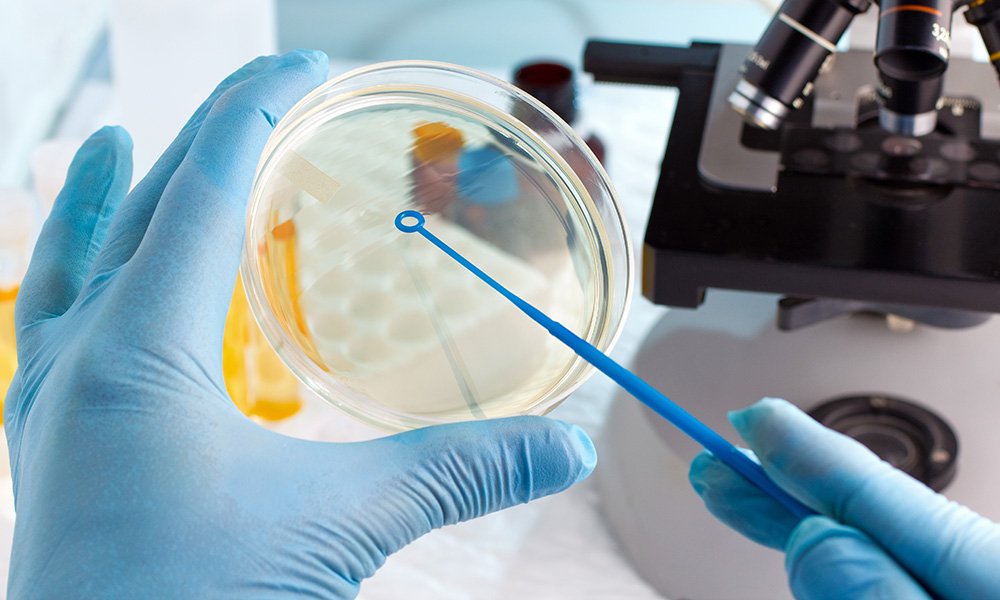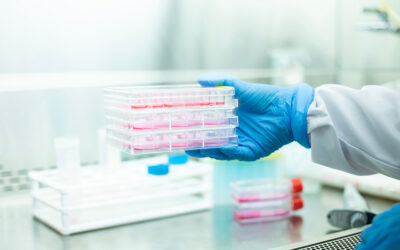Microbiologists use the streak plate method every day to isolate colonies. Streaking may seem like Microbiology 101, but bad habits can lead to errors and contamination. Follow these best practices to get your streaking technique down to a science.
1. Label first, streak second. Clearly labeling your plates to identify the microorganism only takes a few seconds and will help you avoid a big headache later.
2. Keep the agar dry. Make sure the agar plates are free of droplets of condensed moisture. If moisture is present, leave the plates at room temperature overnight or place them in a laminar flow hood to dry.
3. Avoid the edge. Contact with the edge of the plate can introduce contaminates to the agar. Avoid touching the edge of the plate with the loop while streaking or inoculating the agar with the swab.
4. A little goes a long way. Only a small amount of inoculum is needed. Use isolated colonies if taking an inoculum from another plate or use only 5 to 10µl from a suspension.
5. Gouging is no good. Streak lightly in smooth, rapid movements to avoid gouging the agar plate. Gouged agar won’t produce as many colonies (or look nearly as beautiful as a carefully streaked plate).
6. Don’t forget to sterilize. Always use sterile equipment to spread the inoculum. Flame the loop or use a new disposable loop after you streak each quadrant. Using a new or sterilized loop allows you to effectively dilute the inoculum on the plate and obtain isolated colonies by spreading the inoculum thinner and more evenly.
7. Hold your breath. Observe open plates at a safe distance from your face. Breathing on plates is an obvious mistake all microbiologists are trained avoid, but it’s still a common cause of contamination in any laboratory.
Download our streak plate method illustrated instructions.
The streak plate method can be used when starting a Microbiologics product such as a KWIK-STIK™ or when simply sub-culturing a colony from one agar plate to another. Freshly isolated colonies should be used when performing biochemical, genetic, or antimicrobial susceptibility testing. Here are the steps we follow in our laboratory to successfully perform the streak plate method:







I don’t use this method of streak playing. You should never go back into the original streak because you defeat the purpose of diluting the culture. Only 3 streaks are needed to obtain a lot of isolated colonies because there is more space on the plate for diluting!! I have tried both methods but the 4 or more streaking method always results in less isolated colonies if any.
I disagree with Ms Light. The pic shows only 2 to 3 streaks into each sector. It is necessary when you have a mucoid specimen to spread the specimen from its primary inoculum. However I feel it does depend on your specimen as to how many streaks into the previous streak is necessary. I don’t feel like this is set in stone.
If you two disagree what does the standard say about why an isolated colony isn’t achieved and what causes no growth to exist on streaking line?